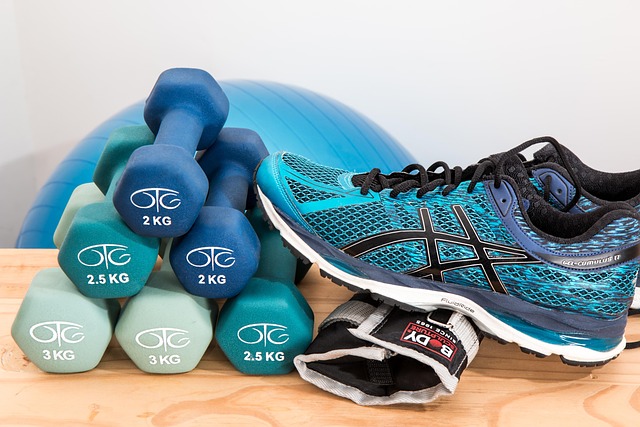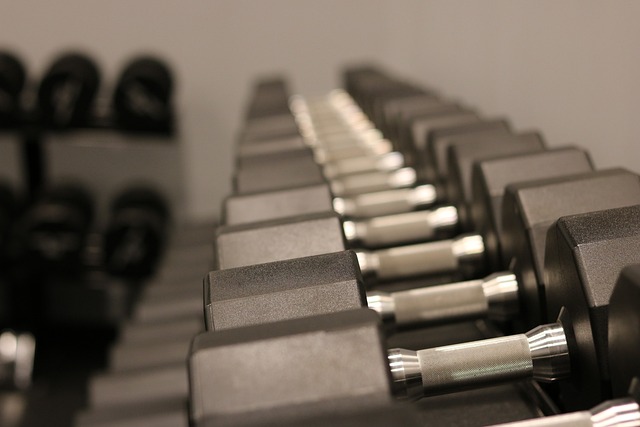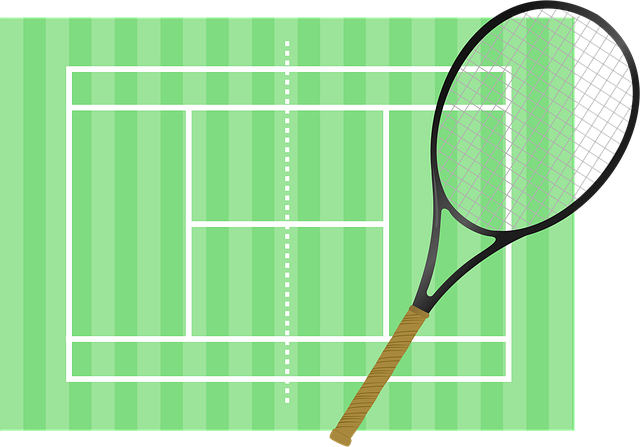The modern home gym, equipped with home exercise equipment, offers a safe and effective path to muscle building. Understanding equipment functions, focusing on compound exercises, and gradually increasing intensity (progressive overload) are key to avoiding injuries and maximizing gains. A balanced diet supporting protein synthesis, combined with progress tracking and motivation strategies, ensures success in achieving fitness goals using only home exercise equipment.
Can you build muscle with just home gym equipment? Absolutely! In today’s digital era, home exercise equipment offers a vibrant array of options for effective strength training. This article delves into the world of home gyms, exploring everything from understanding various pieces of equipment to the science behind muscle growth. We provide comprehensive workout routines, nutritional guidance, and motivation strategies tailored to your at-home fitness journey, ensuring you can achieve remarkable results without stepping foot in a commercial gym.
- Understanding Home Gym Equipment: A Comprehensive Overview
- The Science Behind Muscle Growth and Strength Training
- Effective Workout Routines for Building Muscle at Home
- Nutritional Considerations for Optimal Muscle Development
- Tracking Progress and Staying Motivated in Your Home Gym Journey
Understanding Home Gym Equipment: A Comprehensive Overview

The home gym has evolved significantly, offering a wide array of equipment designed to help you achieve fitness goals, including building muscle. Understanding what your home exercise equipment can do is crucial for effective workouts. From adjustable dumbbells and resistance bands to pull-up bars and bench presses, each piece serves a unique purpose in engaging different muscle groups.
Knowing how to utilize these home exercise equipment properly is key. Follow workout routines tailored for muscle building, focusing on compound exercises that target multiple muscles at once. This ensures comprehensive development rather than isolated growth. Additionally, understanding the limitations of your home gym setup allows for safe and efficient workouts, helping you avoid injuries while maximising gains.
The Science Behind Muscle Growth and Strength Training

Muscle growth is a fascinating process rooted in science. When you engage in strength training, your muscles experience micro-tears due to the resistance exerted. This isn’t harmful; it’s actually a catalyst for growth. In response to this mild damage, your body initiates a repair process that strengthens and increases the size of these muscle fibers. Over time, consistent training with home exercise equipment can lead to significant gains in strength and muscle mass.
The key lies in progressive overload. This means gradually increasing the intensity, volume, or frequency of your workouts. By challenging your muscles beyond their current capacity, you stimulate them to adapt and grow. Whether it’s adding weight to your curls, doing more reps, or incorporating higher-intensity intervals, pushing yourself within a safe range promotes muscle hypertrophy—the scientific term for growth. Remember, proper form is crucial during these exercises using home exercise equipment to maximize results and prevent injuries.
Effective Workout Routines for Building Muscle at Home

Building muscle at home with just a few pieces of home exercise equipment is definitely achievable, but it requires dedication and a well-designed routine. Start by focusing on compound exercises that target multiple muscle groups, like pull-ups (using a door frame or pull-up bar), squats (with a dumbbell or using your own body weight), push-ups, and lunges. These exercises stimulate growth across various muscle groups more effectively than isolation exercises.
Incorporating progressive overload is crucial for muscle development. Gradually increase the intensity of your workouts by adding reps, sets, or weight over time. Always ensure proper form to maximize gains and minimize the risk of injury. Utilize online resources or apps that offer guided routines tailored to home gyms, making it easier to track your progress and stay motivated throughout your fitness journey with home exercise equipment.
Nutritional Considerations for Optimal Muscle Development

Building muscle with just home gym equipment requires a well-rounded approach that extends beyond workouts. Nutritional considerations play an equally vital role in optimal muscle development, especially when your training regimen is limited to the comfort of your home. Adequate protein intake is paramount; aim for 1.6 to 2.2 grams of protein per kilogram of body weight daily. This ensures your body has the building blocks necessary for muscle growth and repair. Incorporating a balanced diet rich in complex carbohydrates, healthy fats, and lean proteins will provide your body with sustained energy during intense home workouts.
In addition, timing your meals is crucial. Consuming a protein-rich snack or meal within 30 minutes to an hour after your workout can optimize muscle protein synthesis, promoting growth and recovery. Since you’re relying on at-home equipment, plan your meals accordingly, ensuring you get the right nutrients at the right time to support your fitness goals. This holistic approach to muscle building ensures that both your training and nutrition strategies work in harmony for maximum results using only home exercise equipment.
Tracking Progress and Staying Motivated in Your Home Gym Journey

Tracking your progress and staying motivated are essential components of any fitness journey, especially when utilizing just home exercise equipment. Regularly record your workouts, sets, reps, and weights lifted to observe how your strength and endurance improve over time. This data not only provides a clear picture of your advancements but also helps in adjusting your routines accordingly. For instance, if you notice that certain exercises are becoming too easy, challenge yourself by increasing the weight or trying advanced variations.
Maintaining motivation can be achieved through setting short-term goals and celebrating each milestone. These goals could be as simple as completing a certain number of workouts per week or achieving a personal best in a specific exercise. Sharing your progress with friends or joining online communities dedicated to home fitness can also provide encouragement and accountability, making your journey more enjoyable and sustainable.
Absolutely, it’s feasible to build muscle effectively using solely home exercise equipment. By understanding your equipment, applying sound strength training principles, following structured workout routines, and adhering to proper nutrition guidelines, you can achieve significant muscle development in the comfort of your home. Consistent tracking of progress and maintaining motivation will further enhance your journey towards achieving your fitness goals with your home gym resources.
